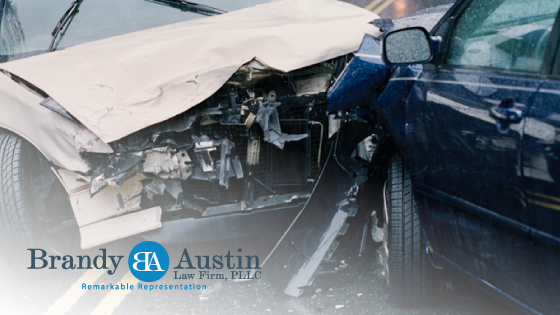
A recent study from the National Center for Health Statistics indicates that around 31 million people are severely injured across the United States each year. Typically, those individuals require extensive medical treatment to heal any injuries sustained during the offending incidents. In the United States, a vast portion of civil litigation is composed of personal injury lawsuits that attempt to impose liability on harmful actors in pursuit of damages for injured plaintiffs. Common personal injury cases include traffic accidents, construction mishaps, dog bites, product defects, and medical malpractice. While all of the above-mentioned case types are common, injuries resulting from traffic accidents are exceedingly frequent. While many legal experts discuss the opportunities available for injured drivers in personal injury cases, few sources detail the feasible options for passenger recovery. Understanding the recovery opportunities available for passenger plaintiffs is imperative to be prepared for unexpected accidents in the future. There are seven preemptive things that a passenger plaintiff should know before pursuing a personal injury claim:
-
Ease of Recovery. In almost every state, drivers are required to carry a minimum amount of car insurance, henceforth guaranteeing some payout to injured parties in the case of an accident. Surprisingly, a passenger who gets hurt in an automobile accident usually has an easier time recovering than most other personal injury claimants because the passenger typically does not have to prove liability or lack thereof.
-
Knowing any involved terminology is imperative when filing a legal suit. When a passenger makes a claim under the at-fault driver’s car insurance policy, that passenger is filing a third-party car insurance claim. This third-party claim proceeds just like any other type of car accident claim, with opportunities for additional claims commonly available.
-
Additional Opportunities. Unbeknownst to most parties, a passenger plaintiff usually has even more opportunities than regular plaintiffs to recover damages incurred in automobile collisions. Since a passenger is rarely at fault for a collision, a passenger commonly has an opportunity to present suits against both drivers in a two-car collision, especially if both drivers were acting negligently at the time of the incident.
-
Filing a Friendly Claim. Many passengers are unaware of recovery options available through the driver’s insurance policy in which the passenger was riding. The simplest way for recovery is through that driver’s Personal Injury Protection or Medical Payment policies. Since these policies both cover all passengers in an involved vehicle, they are usually the best option for injured passengers. First-party benefits indicate that the friendly driver can file a claim, and regardless of who was mainly at fault for the incident, will receive a set amount of damages for any incurred medical expenses. This option grants passenger’s swift reimbursement for any costs and will not result in a negative impact on the passenger’s own rates.
-
No-Fault and At-Fault States. If the accident occurred in a no-fault insurance state, an injured passenger is almost guaranteed recovery under the personal injury protection policy of the driver of the vehicle in which the passenger was riding. Unfortunately, the passenger then likely has no other avenue of recovery against that driver unless the injuries sustained to meet the particular state’s requirements for exempting a claim from no-fault restrictions. In a fault-based state, once the injured passenger reaches maximum medical improvement and is relatively healed, the claim is available for settlement or further litigation. Depending on the number of included defendants, a passenger can then make claims against all liable parties and settle with their insurance companies separately. In many cases, insurance companies choose to settle without much complaint, but there are complicated situations in which difficulty could arise.
-
Multiple Passengers. While passengers do usually have more avenues for recovery, some difficulty can also arise when there are multiple injured passengers. Multiple claims against the same negligent driver makes recovery more challenging as they burden the driver’s insurance company and policy. If the total value of the injury cases combined exceeds the driver’s liability coverage, each injured person may have to settle with the negligent driver for less simply due to funding availability. If the injured passengers are unwilling to settle for a possibly lower amount than owed, each passenger may have to file a suit for litigation to settle the issue of fund divisibility. Ultimately, the more people involved, the less likely a plaintiff’s damages will be fully covered by the defendant’s insurance company.
-
Always Retain a Personal Injury Attorney. Legal disputes often lead to important judicial decisions, resulting in direct effects on all parties involved. As a result, any injured plaintiff should always retain a personal injury attorney to ensure maximum recovery.
Sustaining injuries during a car accident can cause confusion and fear for all parties involved—even more so for passengers with little control over the proceedings. Fortunately, there are many legal options for injured passengers, including settlements and further litigation. Ultimately, while car accidents are often painful, financial recovery doesn’t have to be.
Contact our office today for your free consultation (817)841-9906
